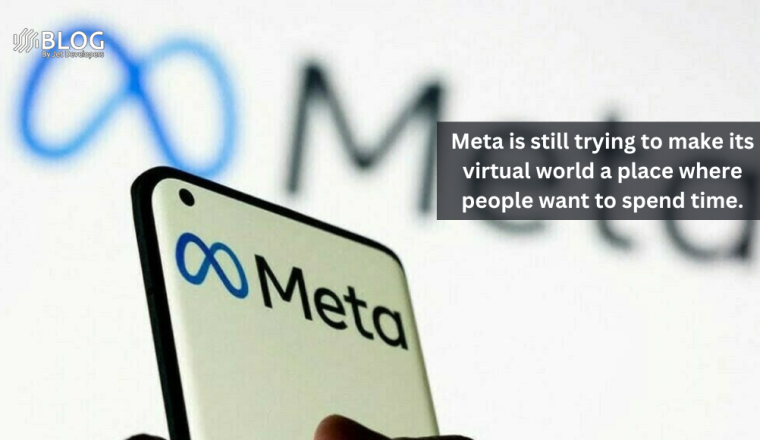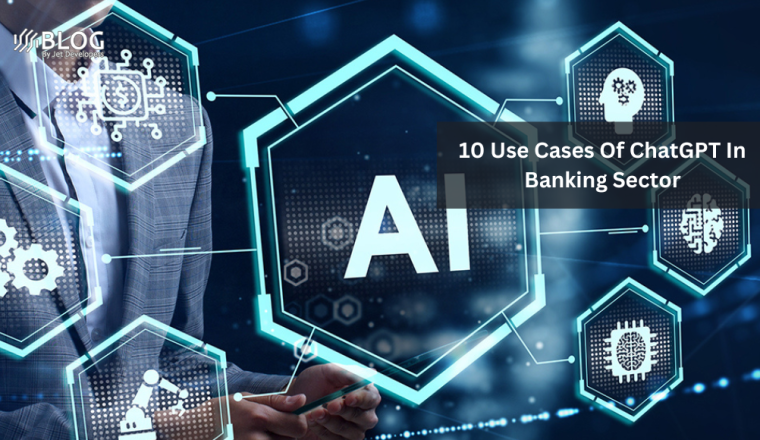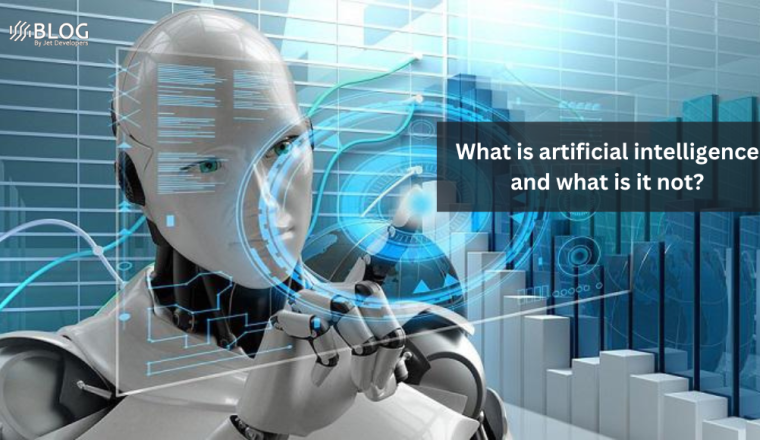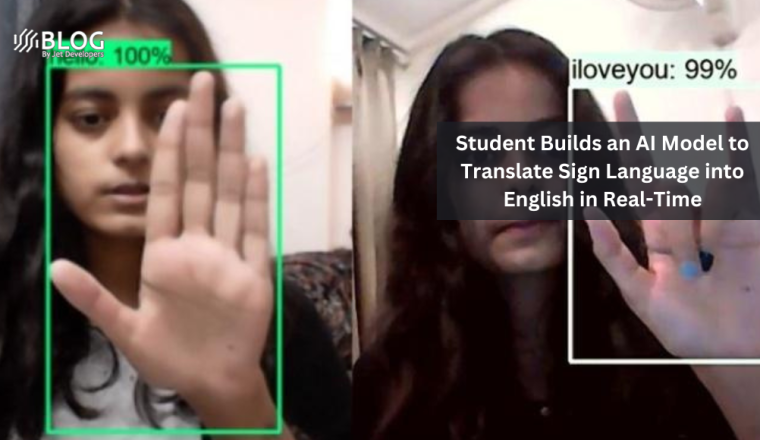Here we are bringing the top 10 use cases of ChatGPT in the banking sector.
Client Assistance
ChatGPT facilitates the banking sector by providing support to their client care. It responds quickly and effectively to customer inquiries, complaints, and requests for information. In addition, the Banking sector feels blessed after having the capabilities of chatGPT.
Detection Of Fraud
ChatGPT is very helpful in detecting any kind of fraud. It analyzed a large amount of transaction data and identify suspicious patterns.
Hence, ChatGPT plays a vital role in assisting banks in safeguarding the financial assets of their customers and minimizing fraud losses. Technical departments at banks might set up alarms, therefore, security experts will be aware of dubious actions.
Credit Banking
The collection, evaluation, of data and the evaluation of risks, and the processing of loans are one of the most complex processes of bank operations.
However, Banks can easily cut down the efforts by using chatGPT’s Natural Language Processing (NLP) model. However, banks can also utilize their Machine Learning capabilities to make the loan origination process easier and quicker.
ChatGPT provides real-time guidance and assistance to customers who are willing to apply for loans.
Therefore, Banks can take advantage of chatGPT to gather information about their customers, evaluate their creditworthiness, and offer real-time feedback on loan applications.
Banks can utilize the application in many ways to lessen the likelihood of default and by analyzing huge data.
Financial Management
ChatGPT can assist banks in providing personalized wealth management services to their customers. ChatGPT helps in analyzing customer data and providing customized investment recommendations. The best part is, it takes the decision on an individual basis.
Compliance
The banking sector heavily relies on consistency, and failing to do so can result in severe financial penalties and reputational damage.
Hence, by monitoring banking transactions and identifying potential violations of compliance, chatGPT can help banks in adhering the requirements of the regulatory bodies. The new innovation chatGPT can help banks in protecting their reputation and avoid costly penalties and fines.
AML And KYC
Banks need to know your customer (KYC) and Anti Money Laundering (AML) process to cut down the risks of financial dangers and stay in compliance with the law.
Therefore, by evaluating a large amount of customer personal information and transaction history, chatGPT can help banks in automating these processes.
Moreover, it can easily identify suspicious transactions, and verify the identity of customers.
Planning Your Finances
Many clients depend on banks to give them leverage in monetary arranging administrations and this can be easily done by chatGPT. The new advanced technology helps in providing a proper financial plan for their future. This includes budgeting, retirement planning, and budgeting.
Onboarding New Customers
ChatGPT help banks to develop strong relationship with their customers. Building strong relationships is time-consuming and needs powerful strategies. By using chatGPT, banks can make the process smooth and easier.
Opening New Records
It can help banks accurately check customer data and identify problems that need to be done by verifying customer identities.
However, chatGPT can help banks identify and manage potential risks by analyzing massive amounts of data and locating potential risk factors.
In addition, banks can use chatGPT to monitor transactions, flag questionable ones, and identify potential fraud.
Additionally, by examining news and market data, the model can also assess potential economic risks that might have an impact on the bank’s operations.
By utilizing chatGPT’s machine learning capabilities, banks can gradually improve their risk management practices.
Banking Virtual Assistants
Banks can provide their customers with a 24/7 remote assistant to help them with dealing with their records, paying their bills, and competing transactions








